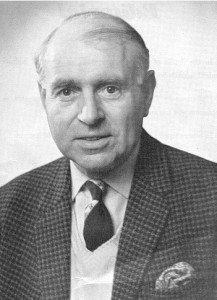 Frank Pennink (1913-1984), will always be remembered as a Champion Amateur golfer, national press golf correspondent and international golf course architect, he developed an attitude to golf expressed in his “Golfer’s Companion” , a guide to 128 of the finest courses in the British Isles and Ireland, that is enjoyable to follow.
Frank Pennink (1913-1984), will always be remembered as a Champion Amateur golfer, national press golf correspondent and international golf course architect, he developed an attitude to golf expressed in his “Golfer’s Companion” , a guide to 128 of the finest courses in the British Isles and Ireland, that is enjoyable to follow.
Like his father before him, Frank Pennink was a great sportsman. He was educated at Tonbridge School, Kent – where he played cricket at Lord’s for the First Eleven against Clifton College – and Magdalen College, Oxford. At Oxford he played golf for the University from 1933 to 1935, in which year he was captain. After university, Frank Pennink joined an insurance company in the City and continued to play golf.
In 1937 he won the English Amateur Championship, the Royal St George’s Gold Vase (with a record score) and the South of England Amateur Championship. The following year he repeated his win in the English Amateur and played in the Walker Cup match against America, which Great Britain won for the first time ever. He won a vital point in the foursomes, playing with Leonard Crawley.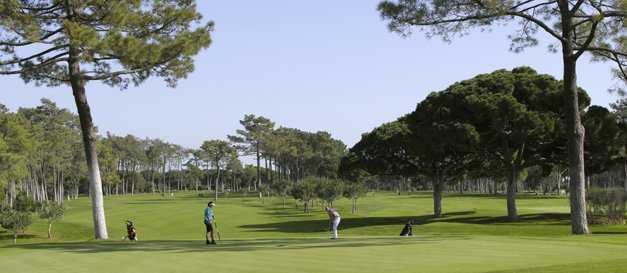
After the war, when Frank was a Squadron Leader in the RAF, he turned to sports journalism as his next challenge, first with the Sunday Express and then the Daily Mail. He became well known for his informed comment on golf, his intimate knowledge of the game and its exponents being a great advantage. He developed an attitude to golf expressed in his “Golfer’s Companion” published in 1962 that naturally took him into golf course architecture, becoming a partner with Ken Cotton and Charles Lawrie, later appointing Donald Steel and Cameron Sinclair to the firm.
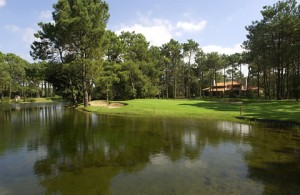
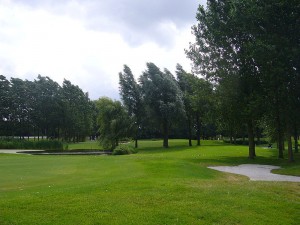
Frank Pennink worked on many British courses while handling most of their overseas work, designing courses in Europe and the Far East. He was one of the most highly acclaimed architects of his day and some of his courses, such as the Olgiata Golf Club (1961, in collaboration with Ken Cotton) in Italy, the Oceanico’s Old Course (1969) the Lisbon Aroeira I (1972), Palmares (1975), Oceanico’s Pinhal (1976) in Portugal and the Noordwijk Golf Club in Holland, are considered amongst the best in the world.
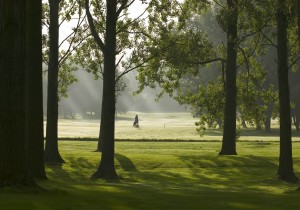
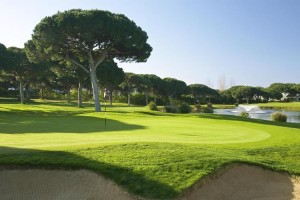
He also worked solidly in golf administration, becoming President of the English Golf Union in 1967. For many years he was a Walker Cup Team Selector, including 1971, when Great Britain beat the Americans again for the first time since his own appearance as a player in 1938. Frank lived in Forest Row, East Sussex in the 1970s, adjacent to Royal Ashdown Forest Golf Club where he spent his remaining years devoted to his children and grandchildren, golf architecture and golf administration. He was working up to within a few days of his death from cancer in 1983.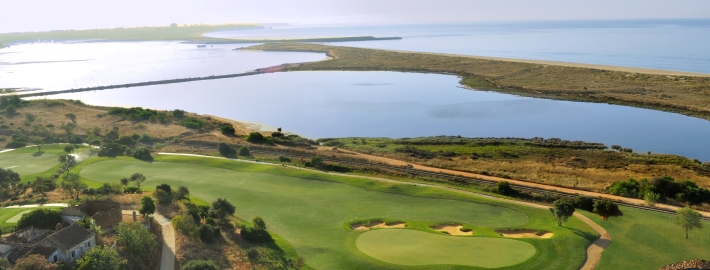
Related posts
Golf Architects/Designers: Kyle Phillips Golf Course Design
on Monday 5, SeptemberKyle Phillips is one of the most renowned architects in golf today. He is...
Golf Architects/Designers:Eddie B. Connaughton
on Monday 5, DecemberEddie B. Connaughton is a renowned Irish Golf Architect that began his career as...
Santo da Serra Golf « Blog Justteetimes
on Sunday 19, OctoberSanto da Serra Golf « Blog Justteetimes.
